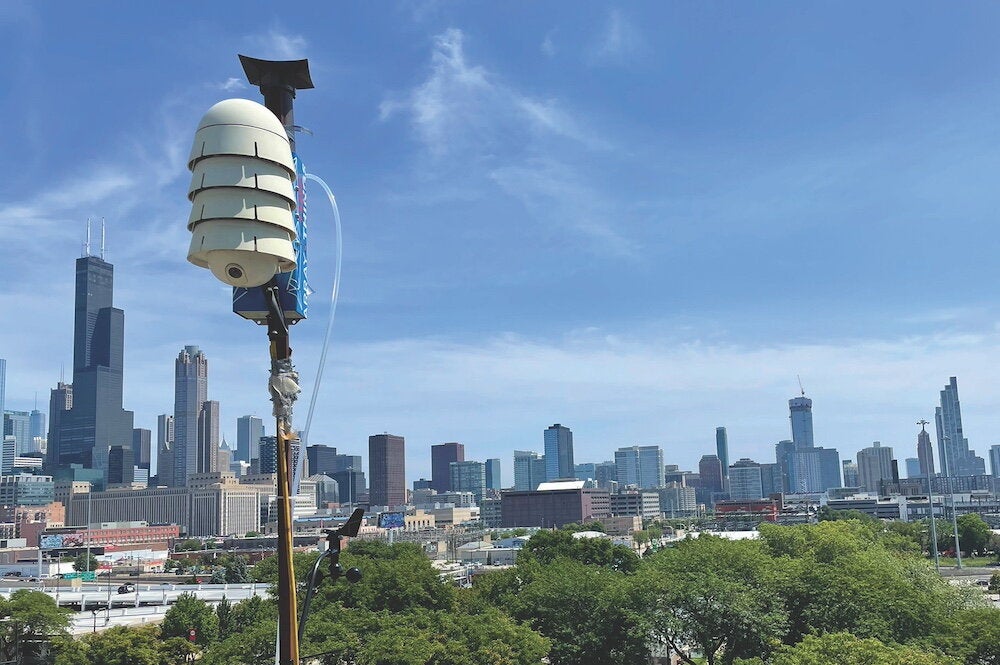

Many forms of marine life have developed hard shells to protect themselves from predators. But these shells may be needing protection themselves, for they are under siege by increasing levels of acidity in our oceans, reports a new study by atmospheric scientists in LAS.
Ocean acidity is rising as seawater absorbs more carbon dioxide, which is being released into the atmosphere by many sources, including power plants and automobiles. This higher acidity threatens marine life such as shellfish, as well as corals, says Atul Jain, U of I professor of atmospheric sciences.
However, the threat is not linked to climate change, says Jain, who worked on the study with graduate student Long Cao and Carnegie Institution scientist Ken Caldeira. Independent of climate change, rising carbon dioxide levels have reduced the pH of ocean surface water by roughly 0.1 during the past two centuries. U of I researchers project that the ocean pH may decline a total of 0.31 by the end of this century.
Lower pH means a more acidic sea. And increasing acidity can eat away at the hard shells of marine life, like a piece of chalk dissolving in vinegar.
The addition of carbon dioxide into the oceans also decreases the availability of carbonate ions, Jain says. Calcium carbonate is used in forming shells. So with less carbonate ions available, the growth of corals and shellfish could be significantly reduced.
The only good news from all of this, Cao adds, is that "the effects of climate change will not further increase the acidity."


